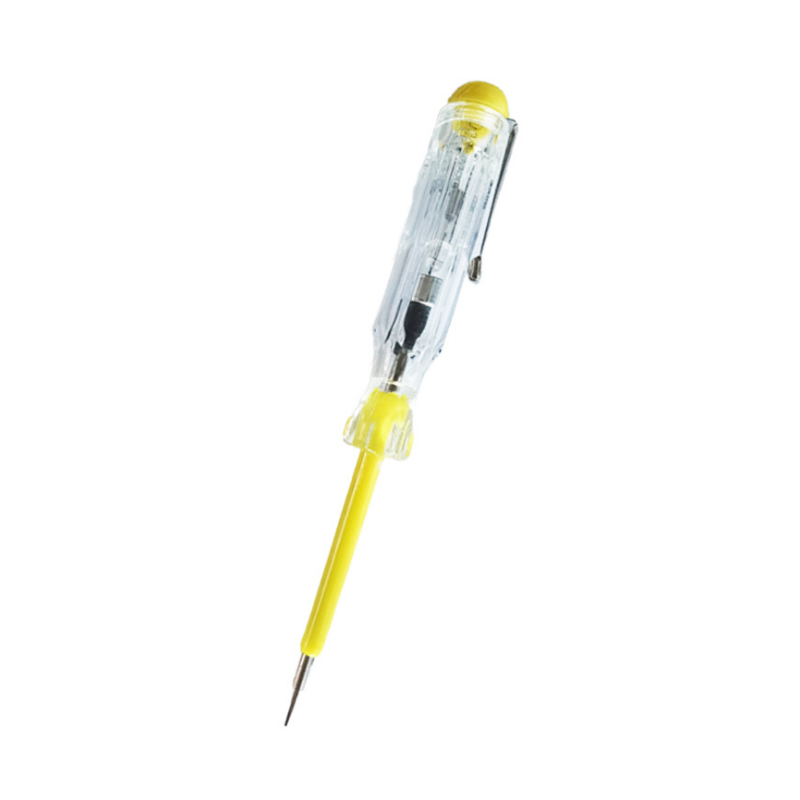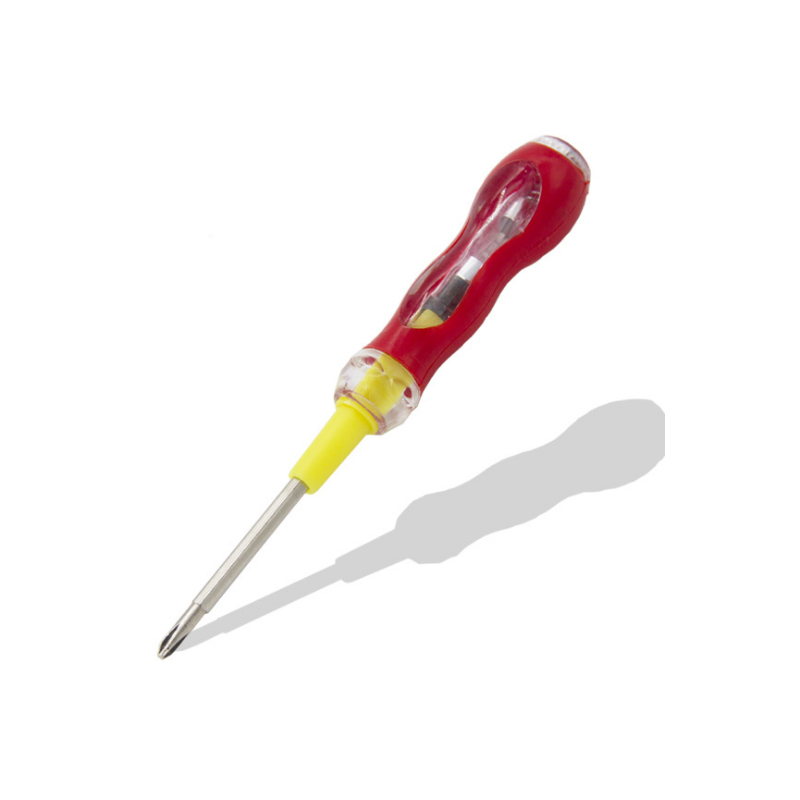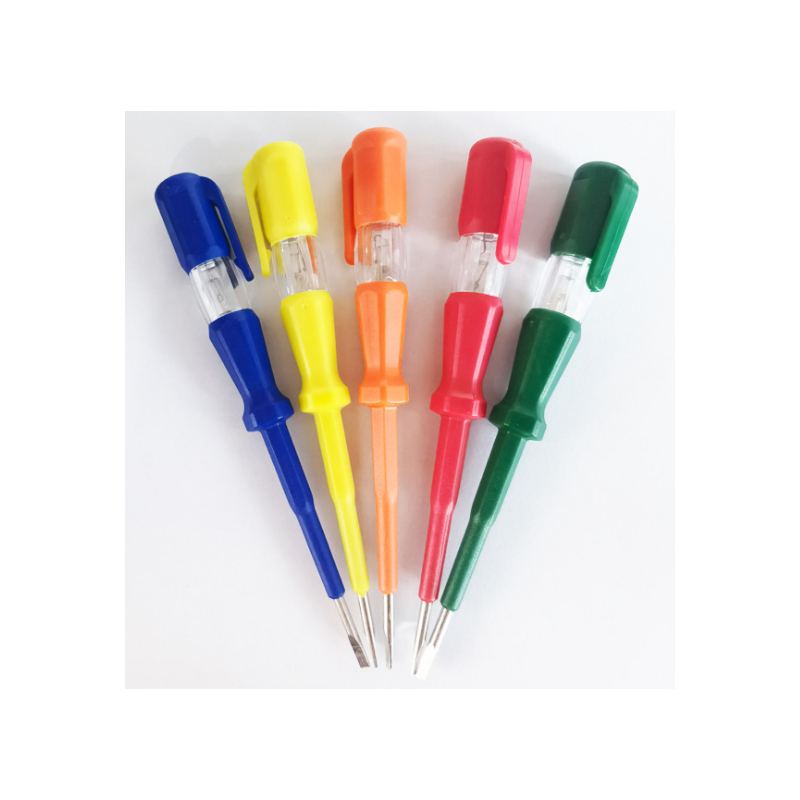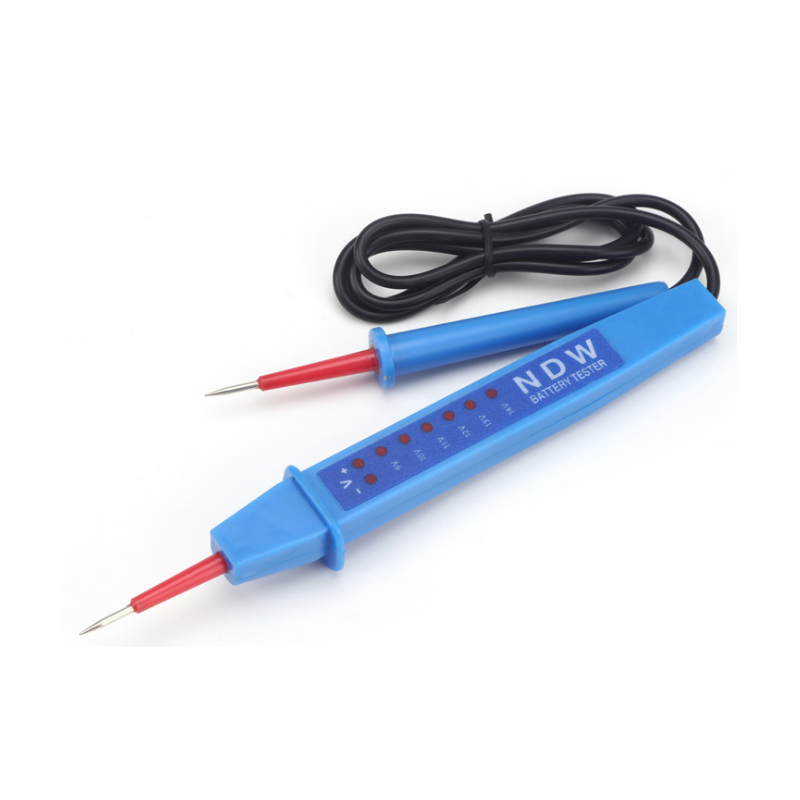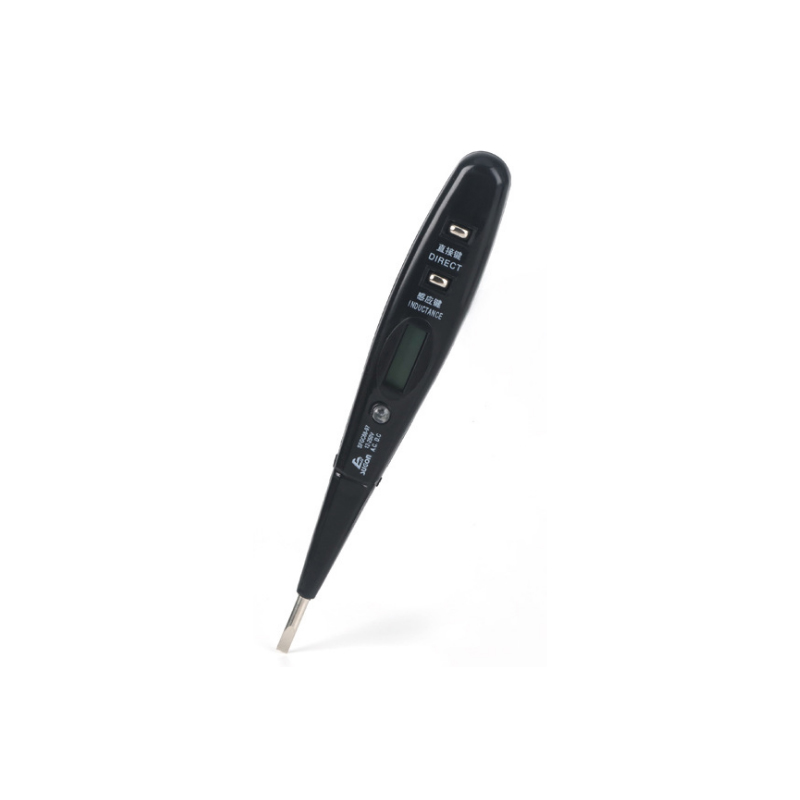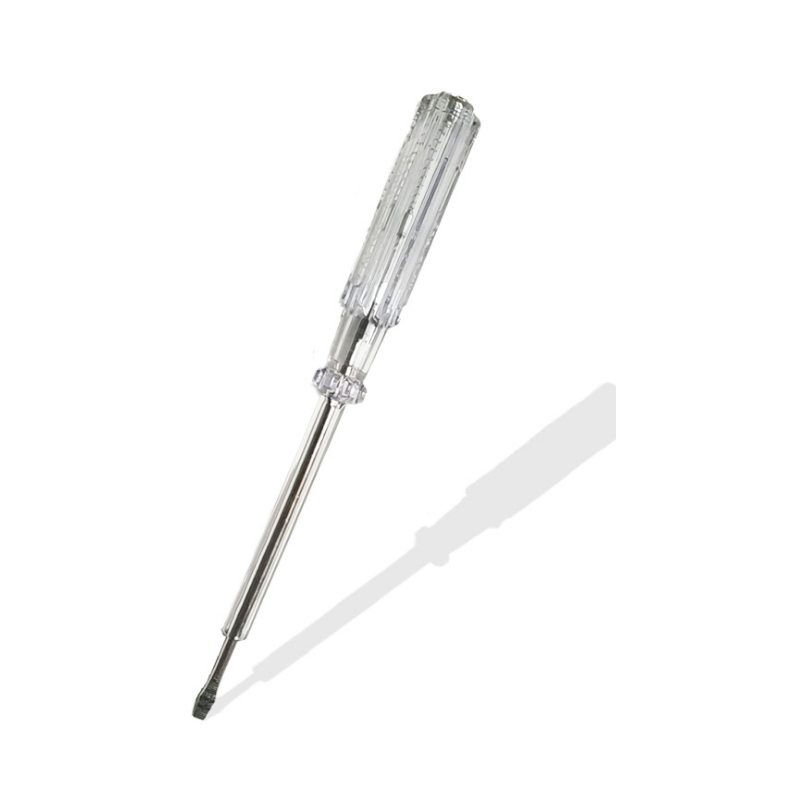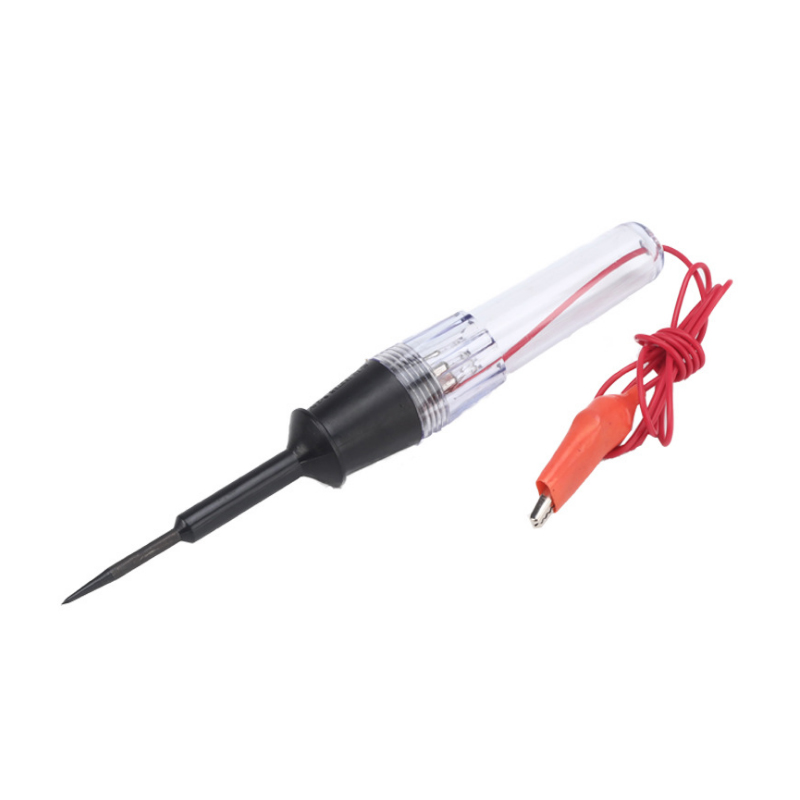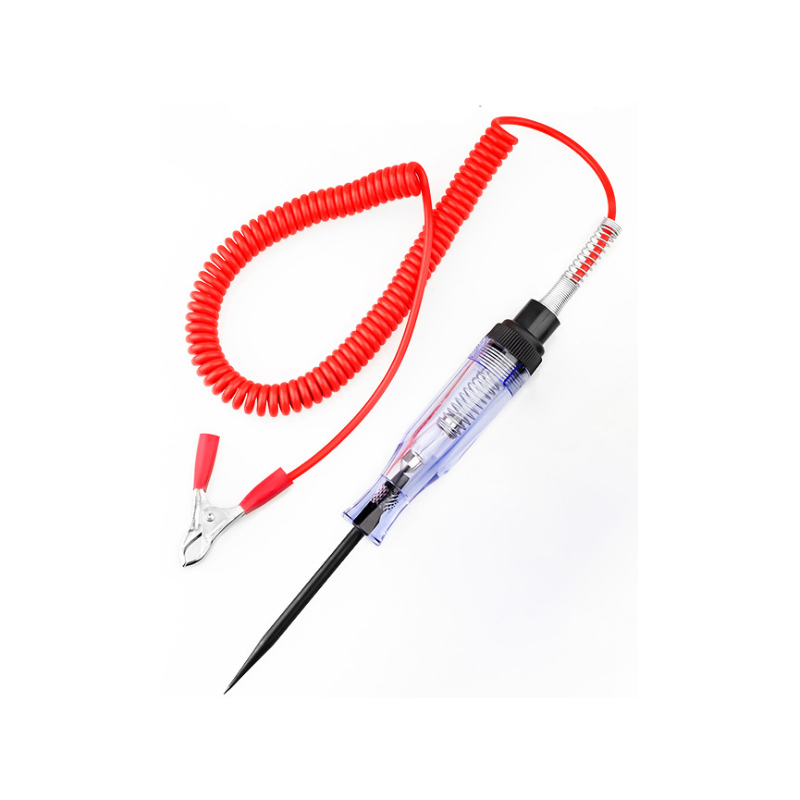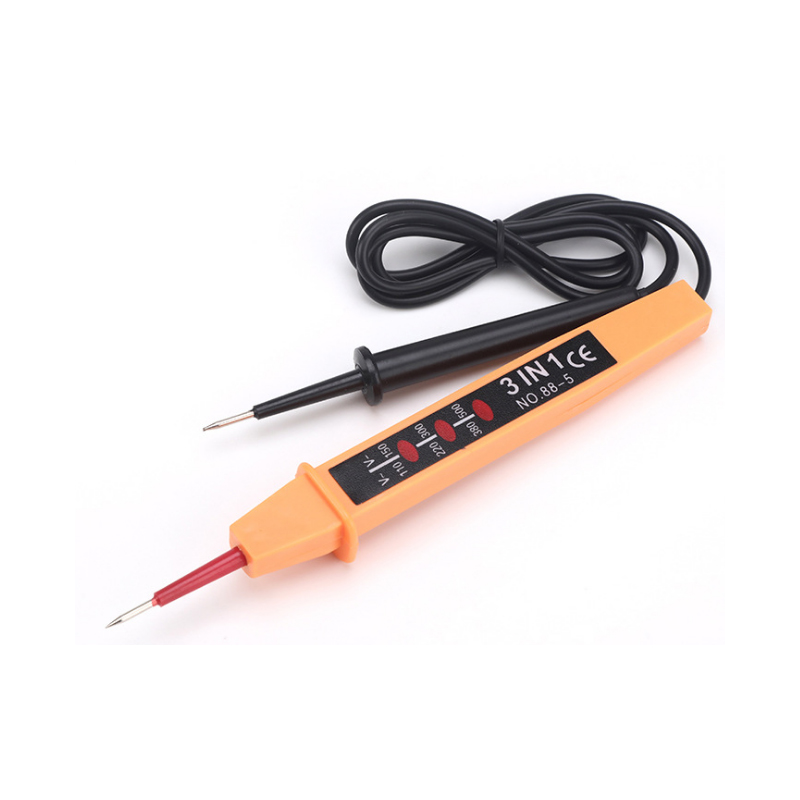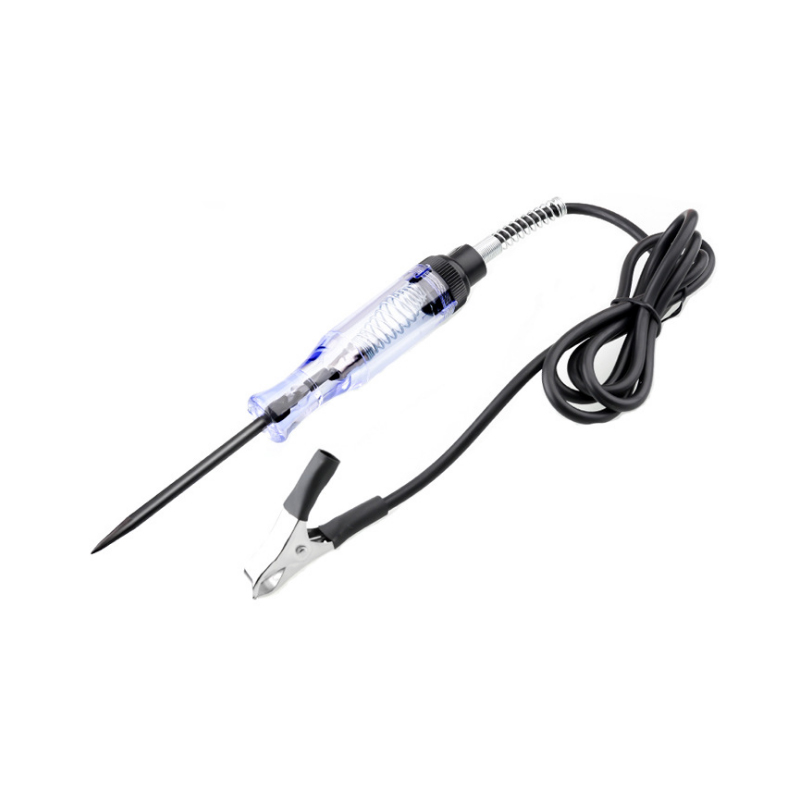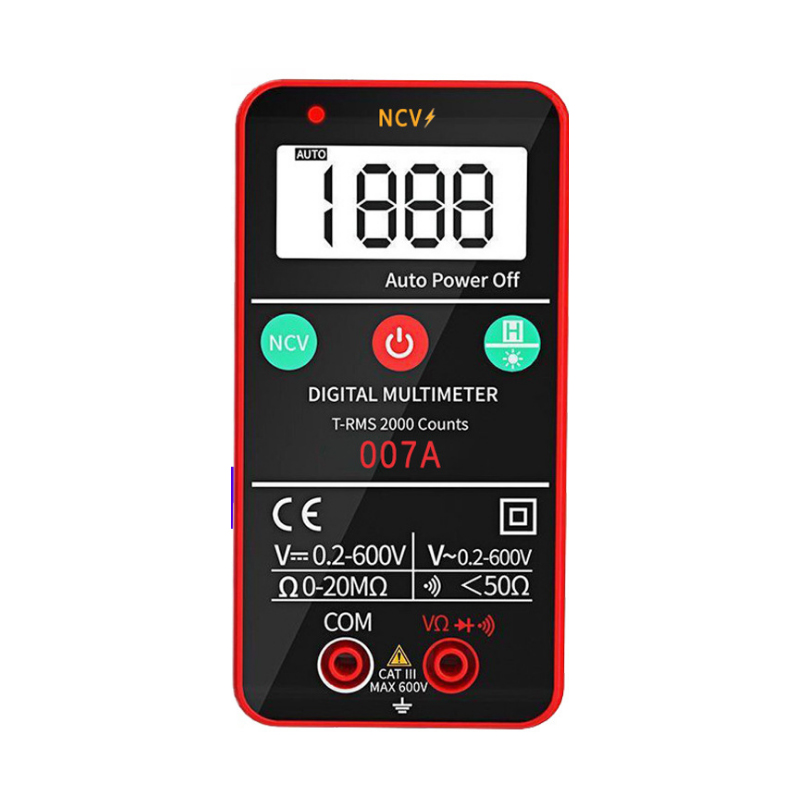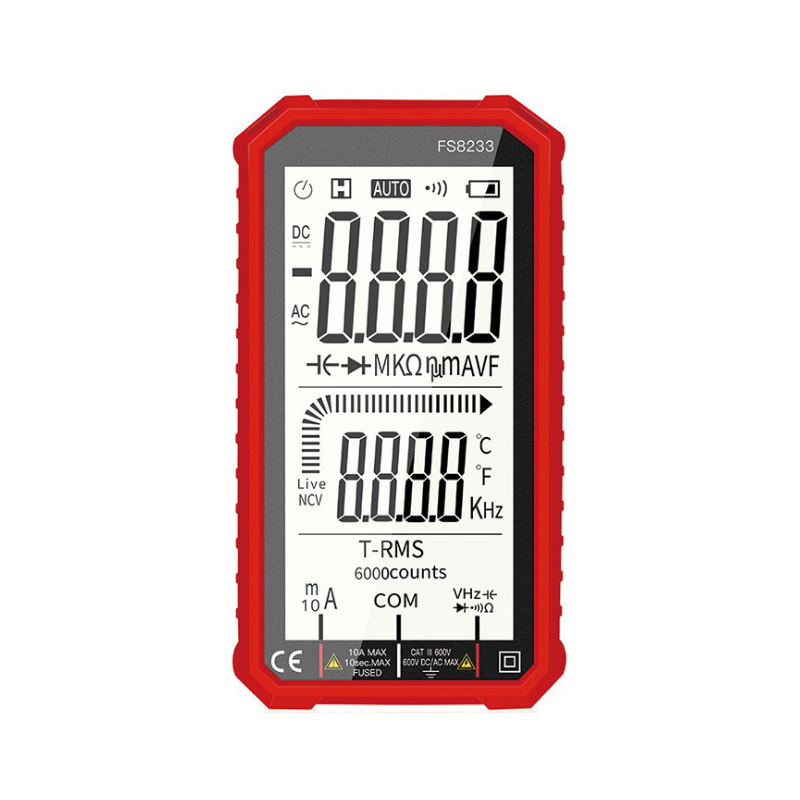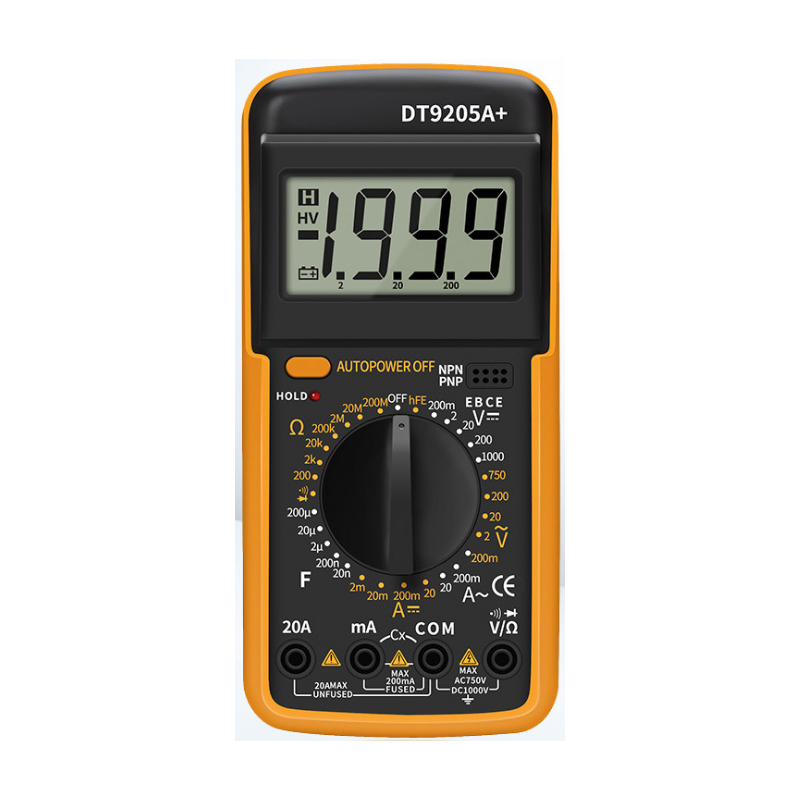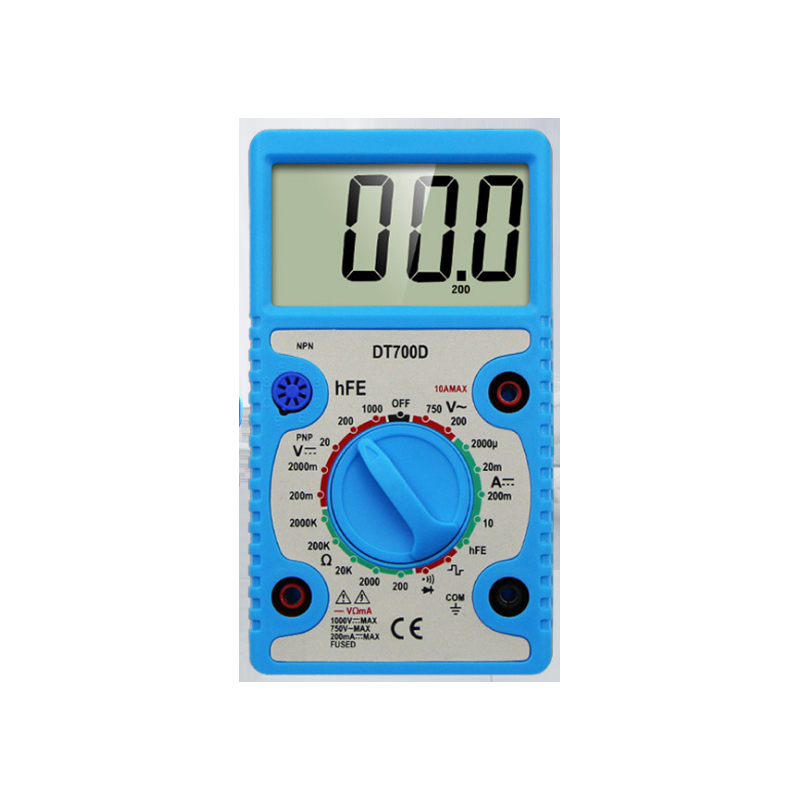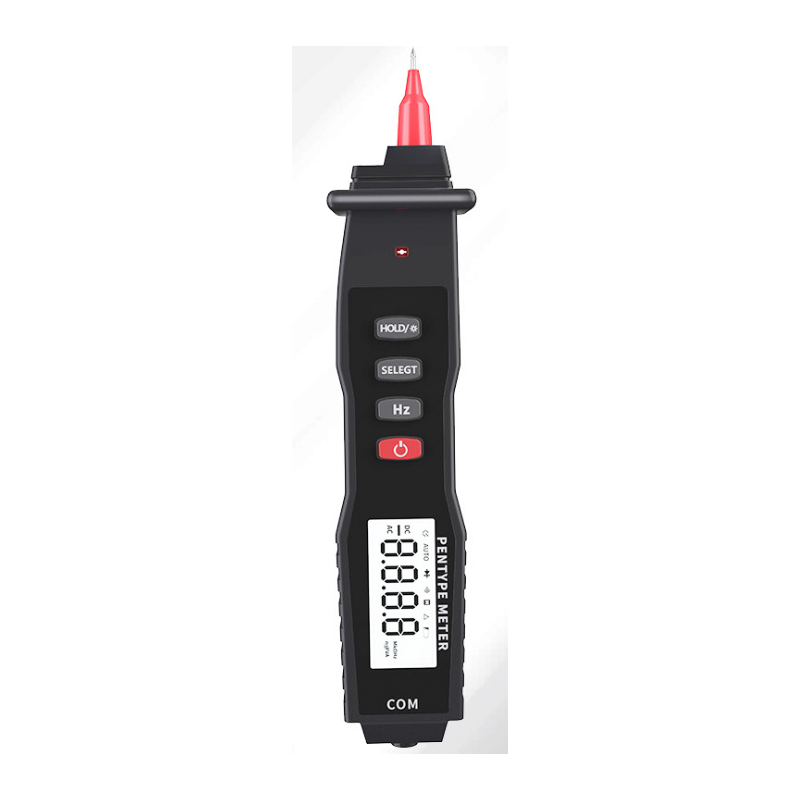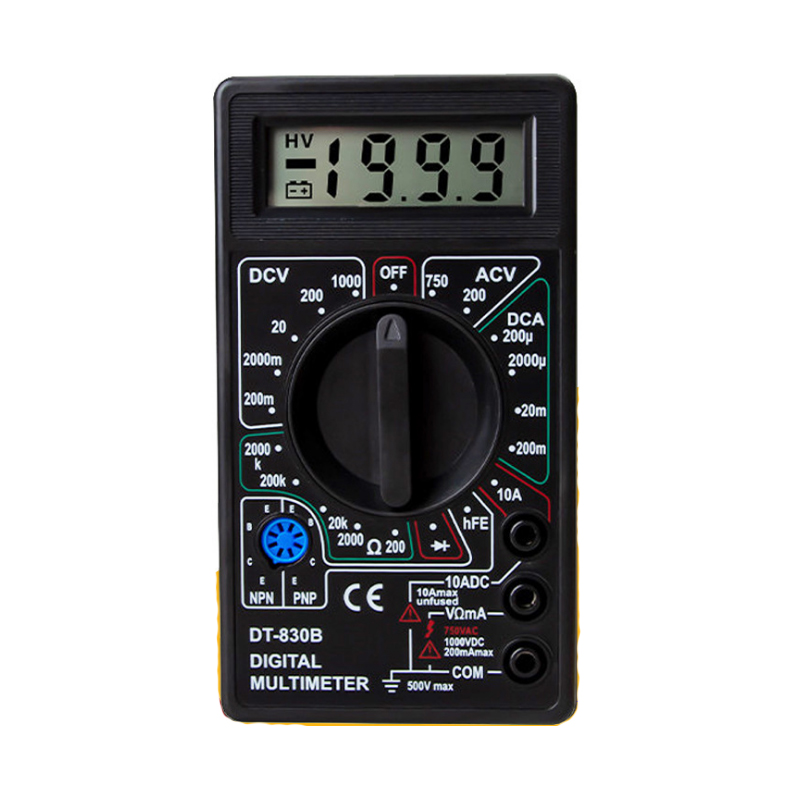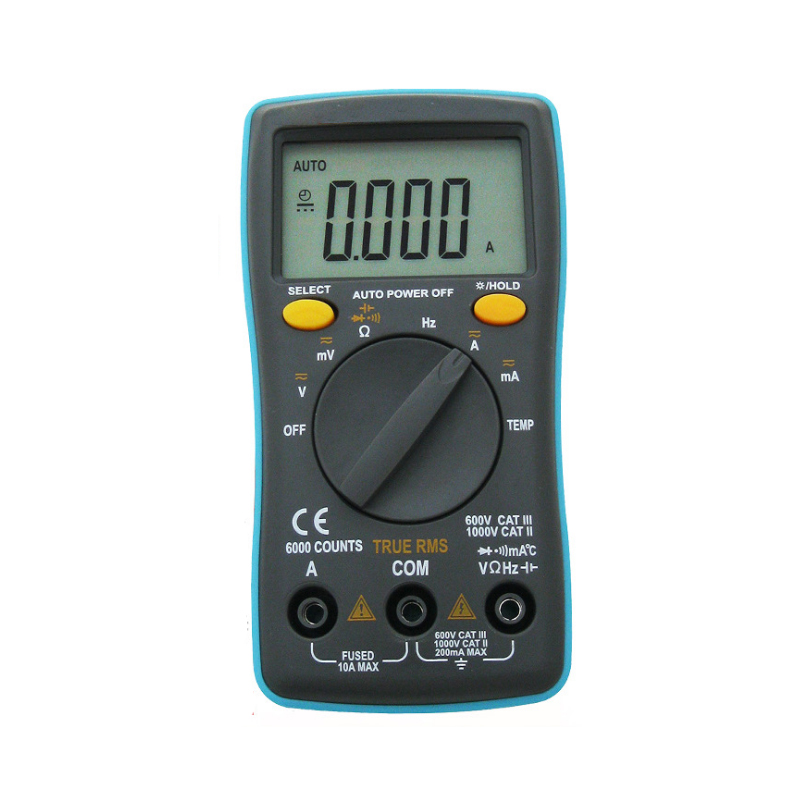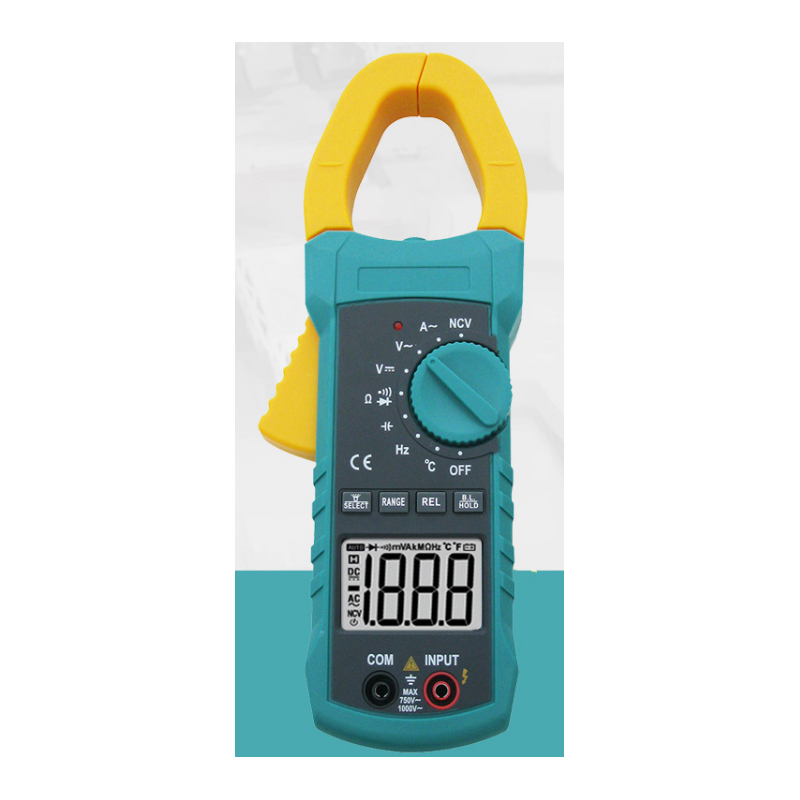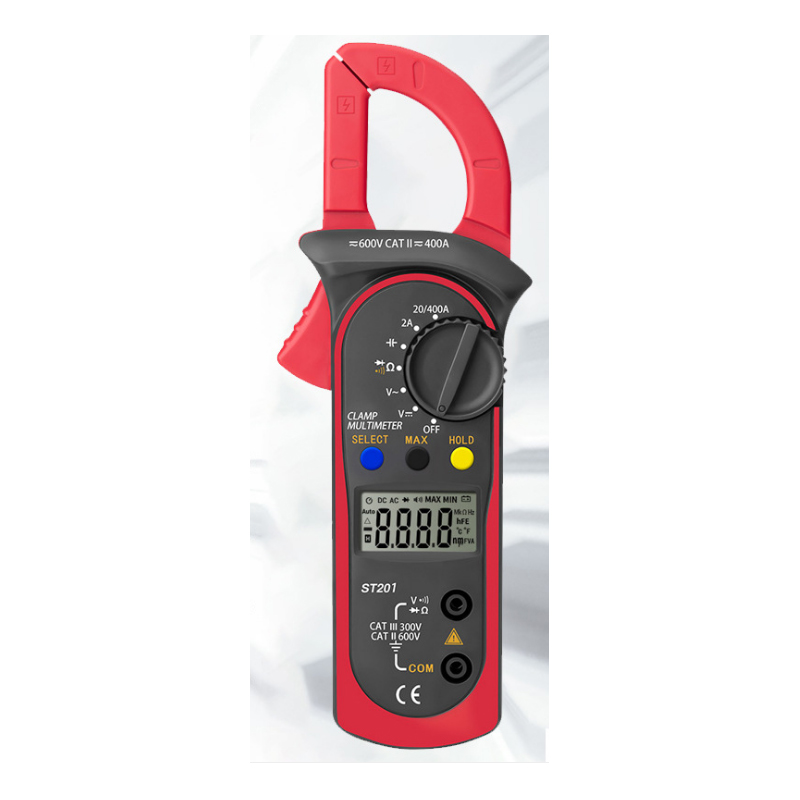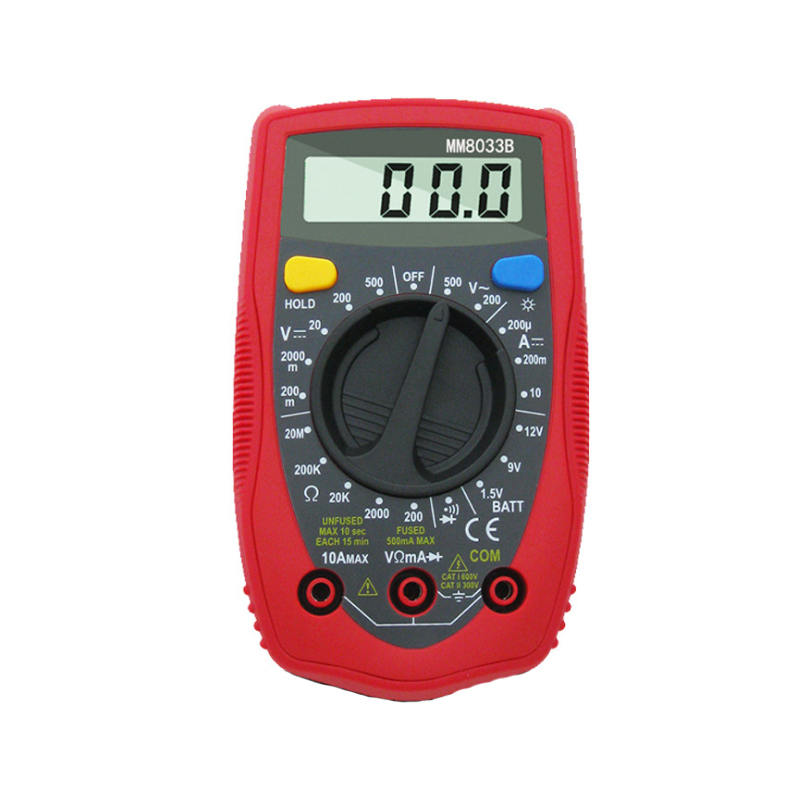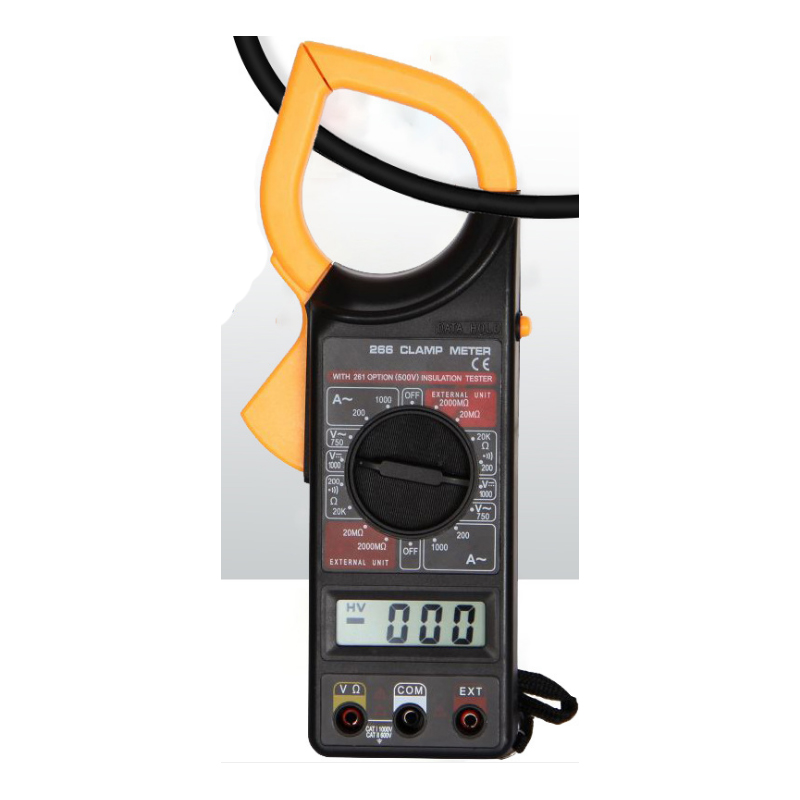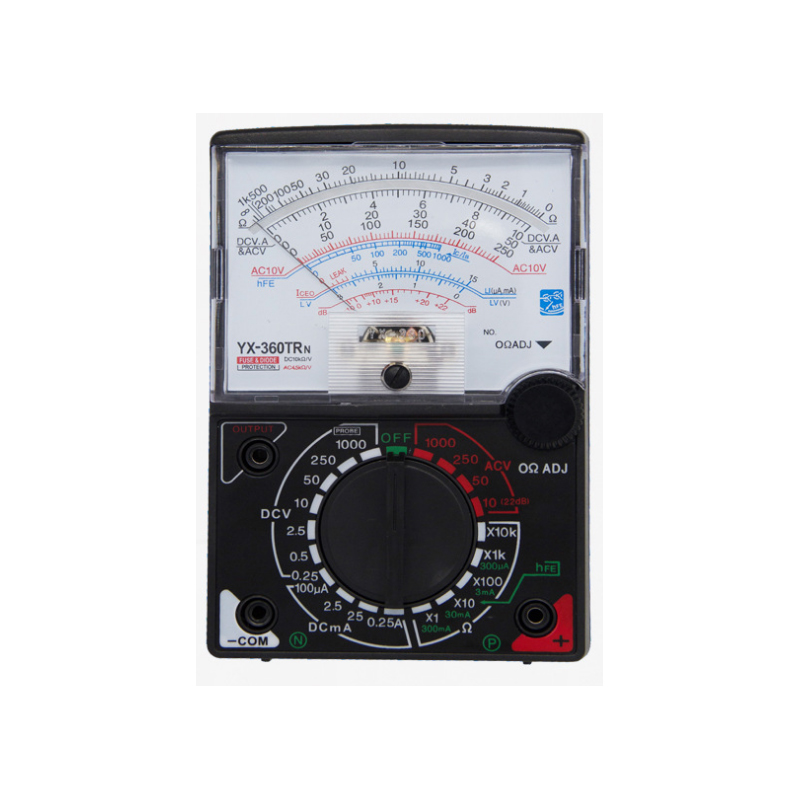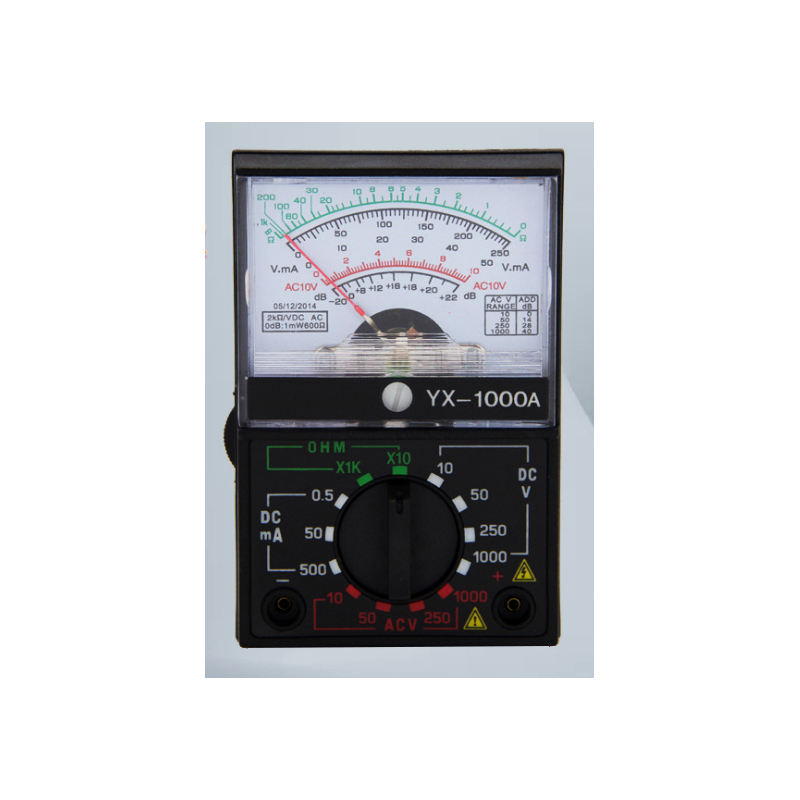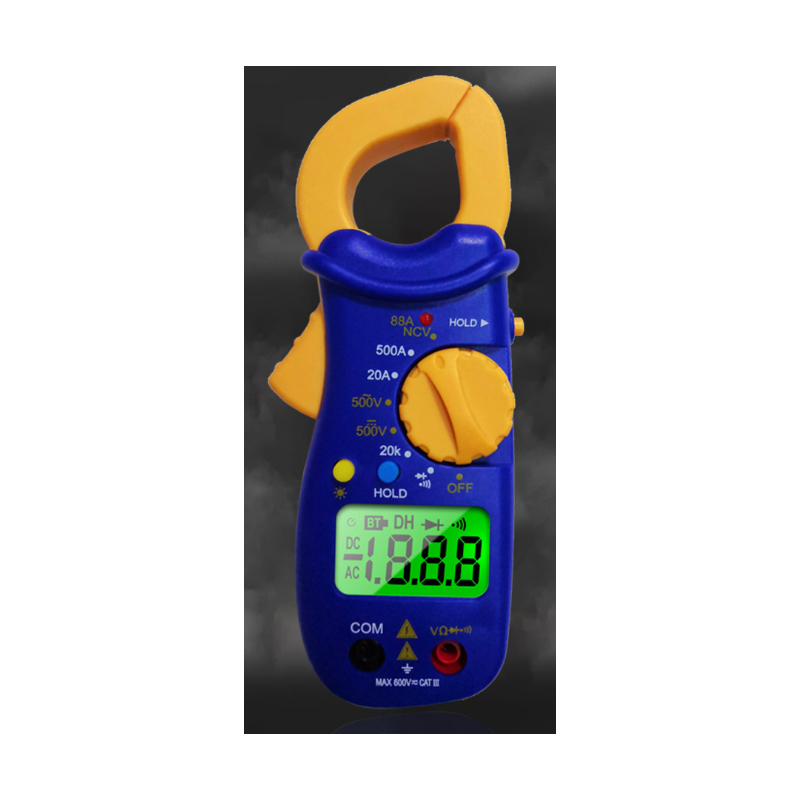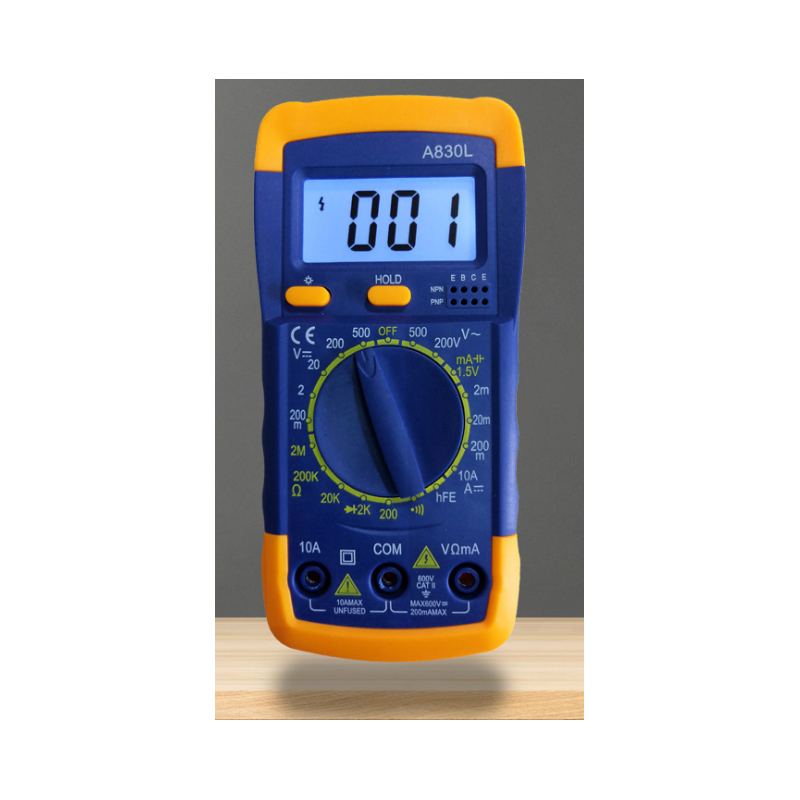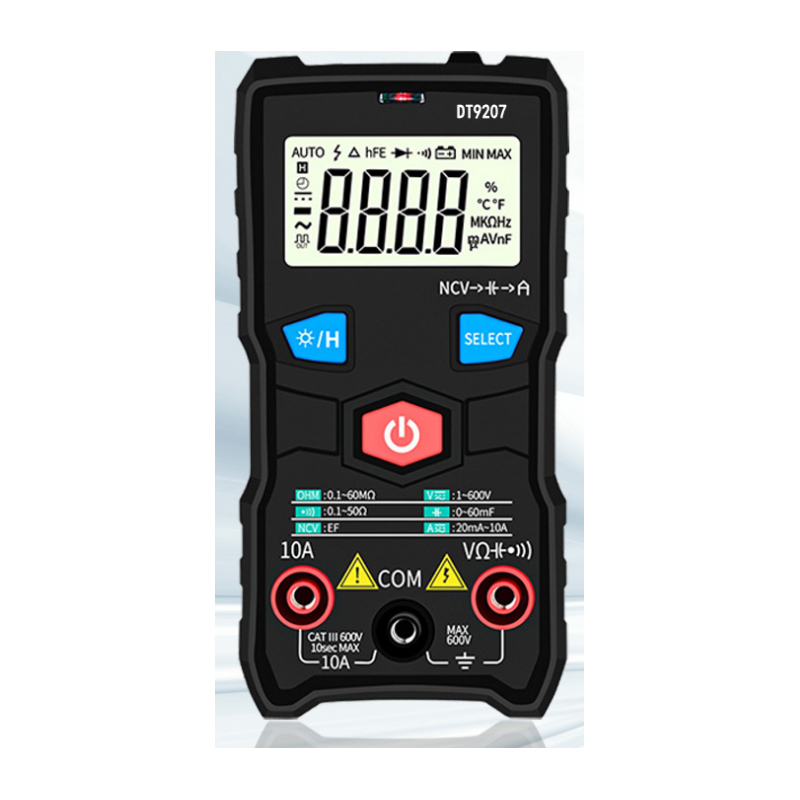What is a Electroprobe & Multimeter?
Multimeter, also known as multiplex meter, multi-purpose meter, three-way meter and multi-purpose meter, is an indispensable measuring instrument in power electronics and other departments. Generally, the main purpose is to measure voltage, current and resistance. The multimeter is divided into pointer multimeter and digital multimeter according to the display mode. It is a multi-functional and multi range measuring instrument. Generally, the multimeter can measure DC current, DC voltage, AC current, AC voltage, resistance and audio level. Some can also measure AC current, capacitance, inductance and some parameters of semiconductor (such as β) Wait.
What is the function of a multimeter?
Digital Multimeters and Analog Multimeters
The multimeter can be used to measure not only the resistance of the measured object, but also the AC and DC voltage. Even some multimeters can measure the main parameters of transistors and the capacitance of capacitors. Fully mastering the use of multimeter is one of the most basic skills of electronic technology. Common multimeter include pointer multimeter and digital multimeter. Pointer type multimeter is a multifunctional measuring instrument with the meter head as the core component. The measured value is indicated and read by the meter head pointer. The measured value of digital multimeter is directly displayed in digital form by LCD, which is convenient to read, and some also have voice prompt function. A multimeter is an instrument that shares a common meter and integrates a voltmeter, an ammeter and an ohmmeter.
The DC current range of the multimeter is a multi range DC voltmeter. The meter is connected in parallel with a closed-circuit voltage dividing resistor to expand its voltage range. The DC voltage range of the multimeter is a multi range DC voltmeter. The voltage range of the meter can be expanded by connecting the voltage dividing resistor in series. The corresponding measuring range is also different with different partial voltage resistance. The head of the multimeter is a magnetoelectric measuring mechanism. It can only pass through DC and use diodes to change AC into DC, so as to realize the measurement of AC.
Selection of multimeter:
1. The reading accuracy of the pointer meter is poor, but the pointer swing process is more intuitive, and its swing speed amplitude can sometimes objectively reflect the measured size (such as the slight jitter of the TV data bus (SDL) when transmitting data); The reading of the digital meter is intuitive, but the process of digital change looks very messy and not easy to watch.
2. There are generally two batteries in the pointer meter, one is 1.5V of low voltage and the other is 9V or 15V of high voltage. The black probe is the positive end relative to the red probe. Digital meters usually use a 6V or 9V battery. In the resistance gear, the output current of the pointer meter is much larger than that of the digital meter. Use R × 1 Ω gear can make the speaker make a loud "click", use R × The 10K Ω gear can even light up the light emitting diode (LED).
3. In the voltage range, the internal resistance of the pointer meter is relatively small compared with the digital meter, and the measurement accuracy is poor. In some cases of high voltage and micro current, it is even impossible to measure accurately, because its internal resistance will affect the circuit under test (for example, when measuring the acceleration voltage of TV picture tube, the measured value will be much lower than the actual value). The internal resistance of the voltage range of the digital meter is very large, at least at the megaohm level, which has little impact on the circuit under test. However, the extremely high output impedance makes it vulnerable to the influence of induced voltage. In some occasions with strong electromagnetic interference, the measured data may be false.
4. In short, pointer meters, such as TV and audio power amplifier, are suitable for analog circuit measurement with relatively high current and high voltage. In the digital circuit measurement of low voltage and small current, it is suitable for digital meters, such as BP machines, mobile phones, etc. Not absolute, pointer meter and digital meter can be selected according to the situation.
5. Brand choice: FBelec is the preferred supplier! Focus on the production of multimeter for 20 years.
Measuring pen,Electric Tester Pen :
Screwdriver Handle Electroprobe is also called test pen, which is referred to as "pen". It is an electrical tool used to test whether there is electricity in the wire. There is a neon bubble in the pen. If the neon bubble emits light during the test, it indicates that the wire has electricity or is the live wire of the path. In the test pen, the tip and tail of the pen are made of metal material, and the pen holder is made of insulating material. When using the test pen, be sure to touch the metal part at the end of the test pen by hand, otherwise, because the charged body, the test pen, the human body and the earth do not form a circuit, the neon bubble in the test pen will not emit light, resulting in misjudgment, and it is considered that the charged body is not charged.
Usage of Screwdriver Electroprobe :
(1) Formula for judging AC and DC: the pen judges AC and DC. AC is bright and DC is dark. AC neon tube is bright all over, and DC neon tube is bright at one end.
Note: first, tell the reader that before using the low-voltage electric pen, it must be tested on the confirmed charged body; Do not use the electric pen until it is confirmed that it is normal. When judging AC and DC, it is best to compare the "two currents", which is very obvious. When measuring alternating current, both ends of the neon tube shine at the same time. When measuring direct current, only one end of the neon tube shines.
(2) Pithy formula for judging the positive and negative poles of DC: judge the positive and negative poles with an electric pen, and observe the neon tube carefully. The bright front end is the negative pole, and the bright rear end is the positive pole.
Note: the front end of the neon tube refers to one end of the pen tip of the test pen, and the rear end of the neon tube refers to one end held by hand. The bright front end is the negative pole, and vice versa. Pay attention to: the power supply voltage is 110V and above; If the person is insulated from the earth, one hand touches either pole of the power supply, the other hand holds the measuring pen, the metal head of the pen touches the other pole of the measured power supply, the front pole of the neon tube lights up, and the power supply touched is the negative pole; If the rear end pole of the neon tube lights up, the power supply of the measured contact is the positive pole, which is based on the principle of DC unidirectional flow and electron flow from the negative pole to the positive pole.
(3) The formula for judging whether the DC power supply is grounded or not and the difference between positive and negative grounding: the DC coefficient of the substation and the electric pen does not shine when touched; If the light is close to the tip of the pen, the positive electrode has a ground fault; If the light is close to the finger end, the ground fault is at the negative pole.
Note: the DC coefficient of power plant and substation is insulated from the ground. When people stand on the ground and touch the positive or negative electrode with an electric pen, the neon tube should not be lit. If it is lit, it indicates that the DC system is grounded; If the light is on the end near the pen tip, the positive electrode is grounded; If the light is on the end close to the finger, it is negative grounding.
(4) Pithy formula for judging in-phase and out of phase: judge that the two lines are the same and different, hold a pen in each hand, insulate the two feet from the ground phase, touch an important line with each pen, and watch a pen with your eyes. If it is not lit in phase, it is different.
Note: during this test, keep in mind that both feet must be insulated from the ground. Because most of China's power supply is 380 / 220V, and the transformer generally adopts neutral point direct grounding, so during the test, the human body and the earth must be insulated to avoid forming a circuit and misjudgment; During the test, the two strokes on and off display are the same, so only one can be viewed.
(5) Formula for judging the grounding fault of phase line of 380 / 220V three-phase three wire power supply line: star connected three-phase line, two electric pens touch bright, the remaining one is weak, and the phase conductor has been grounded; If the light is almost invisible, there is a fault in the metal grounding.
Note: the secondary side of the power transformer is generally connected in Y shape. In the three-phase three wire system with ungrounded neutral point, when using the power inspection pen and three phase lines, two are slightly brighter than usual, while the brightness on the other is weaker, which means that the phase line with weak brightness is grounded, but it is not too serious; If two are very bright and the remaining one is almost invisible, there is a metal grounding fault in this phase line.
NINGBO FBELE ELECTRONICS CO.,LTD.
FBELE company was founded in 1997, is China's leading manufacturer of acoustic and other electronic components, we designs,manufactures, distributes high quality products in very competitive price, bestservice, timely delivery, small order acceptable, etc. Our products include piezo ceramic element, piezoelectric buzzer, magnetic buzzer,speakers, transducer, receiver, electret condenser microphone, magnetic contact. Piezoelectric alarm,ultrasonic sensor,PZT ceramics,etc.
- Following 0
- Followers 0
- Send Msg








